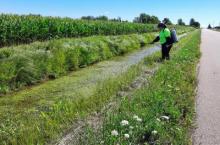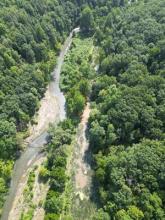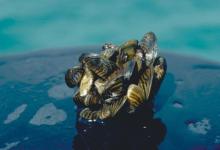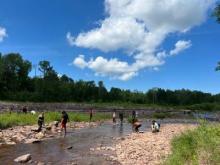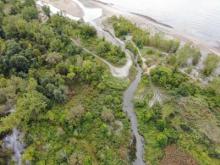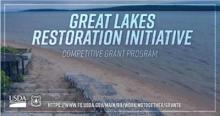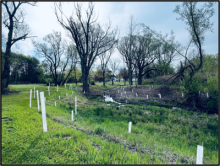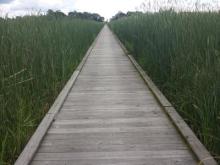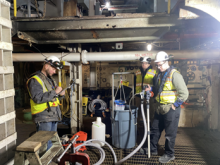With Great Lakes Restoration Initiative funding provided by the USDA Forest Service, Saginaw Bay Cooperative Invasive Species Management Area established a two-person strike team to monitor and prioritize invasive plant species including phragmites, European frog-bit, and Japanese knotweed. The strike team monitored over 700 acres for invasive plants and treated over 250 acres to control phragmites, Japanese knotweed and European frog-bit population and spread.
With Great Lakes Restoration Initiative funding provided by the USDA Forest Service, Saginaw Bay Cooperative Invasive Species Management Area established a two-person strike team to monitor and prioritize invasive plant species including phragmites, European frog-bit, and Japanese knotweed. The strike team monitored over 700 acres for invasive plants and treated over 250 acres to control phragmites, Japanese knotweed and European frog-bit population and spread.


